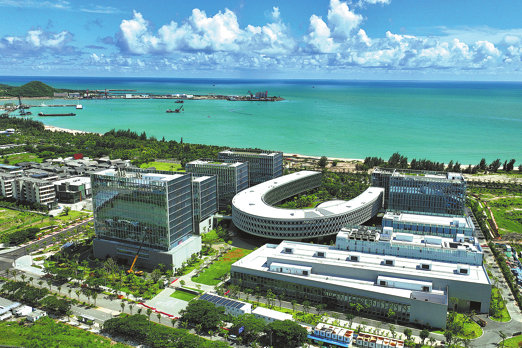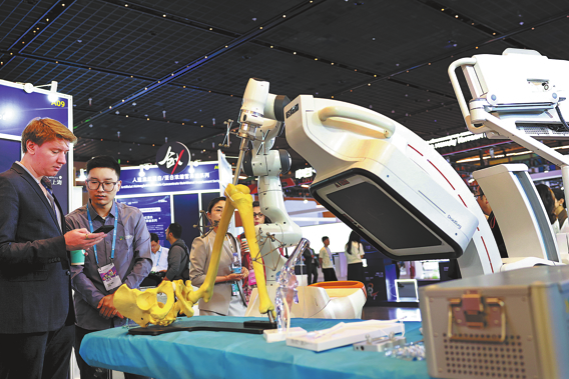A tale of three cities

How Shanghai, Shenzhen and Guangzhou are fighting the snarls:
Shanghai
In 1994, Shanghai adopted an auction system for vehicle license plates to find a way out of traffic jams.
The system helped the Expo city cut its number of cars by more than one and a quarter million this year.
Vehicle purchasers bid for the license plates and the average price for a Shanghai plate reached 45,291 yuan (5,176 euros) in November.
Since building its first subway in 1990, Shanghai now has 11 subway lines making up more than 400 kilometers of track.
Guangzhou
The capital of Guangdong province, with a population of more than 14 million, may reinstate driving restrictions based on the odd-even number plate system, which was successfully used during the Asian Games to unsnarl traffic, a city official has said.
The measures will ensure an average driving speed of 25 km/h on urban roads within three years, the official said.
The temporary restrictions over the past two months had kept nearly 800,000 cars off the city's roads every day.
Traffic congestion has increased, however, especially during rush hours, after the Asian Games and Asian Para Games concluded earlier this month.
Guangzhou will optimize the traffic network and enhance the development of public transportation through such means as building more metro lines in coming years, the official said.
At present, Guangzhou has eight subway lines with a total length of 236 km. It will have 15 urban rail transport lines with a total distance of 550 km by 2020.
Shenzhen
Shenzhen has the highest vehicle density in China and is looking at strategies to decongest its clogged roads.
More than 1.7 million vehicles had been registered in the city as of Dec 8, approaching the official limit.
But there are actually more than 1.9 million vehicles, in addition to cars from outside the city, Shenzhen traffic department figures show.
Shenzhen's average driving speed was 36.3 km/h on major highways and roads by the end of last year, compared to 40.7 km/h by the end of 2008.
The downtown speed dropped to an average of about 10 km/h, which is slower than a bicycle.
Rather than limit vehicle registrations, the government will prioritize green public traffic systems, an official said.
The city invested more than 45.8 billion yuan (5.27 billion euros) to improve the traffic system this year, Deputy Mayor Zhang Siping said.
The city will have six subway lines spanning 178 km by the end of June, he said.
China Daily
Today's Top News
- China issues rules to regulate pricing practices of internet platforms
- US hits over 70 IS-linked targets in Syria in massive retaliatory strikes
- Technological innovation brings China's cultural heritage alive
- Consumption to play bigger part in growth
- Opposition moves to impeach Lai
- Ties with Beijing underscored in Putin remarks






























